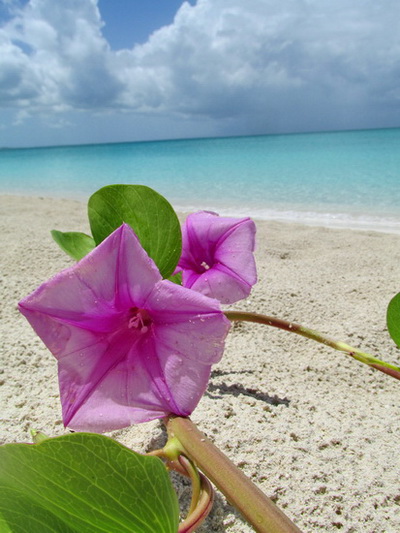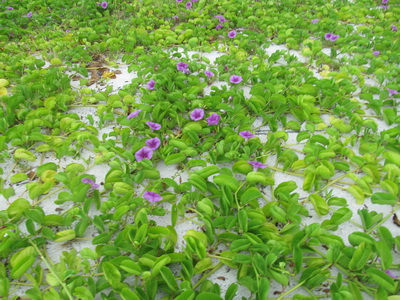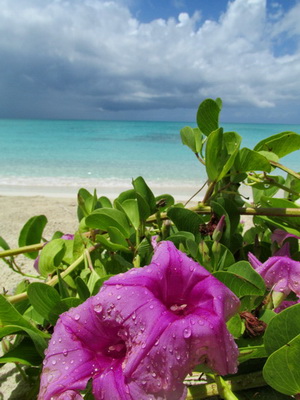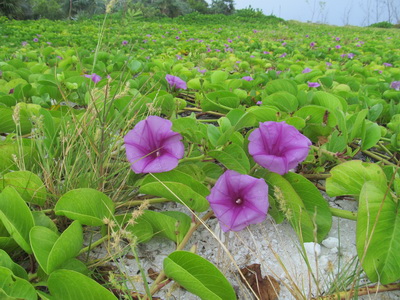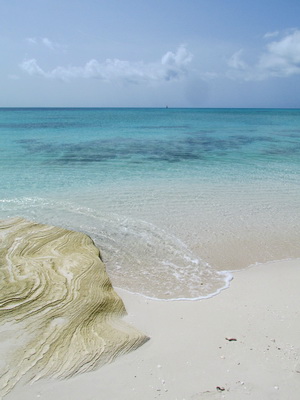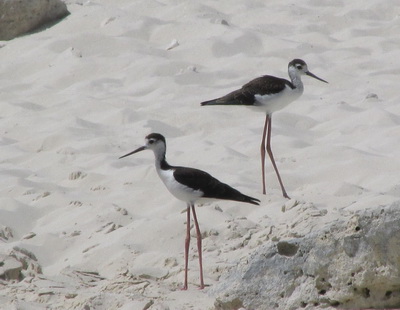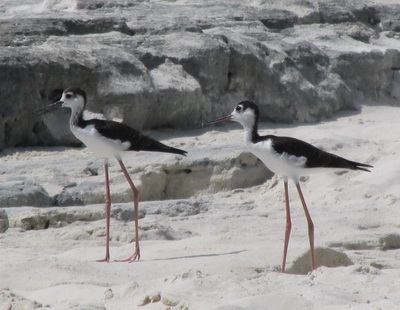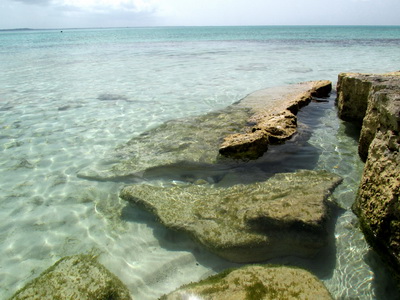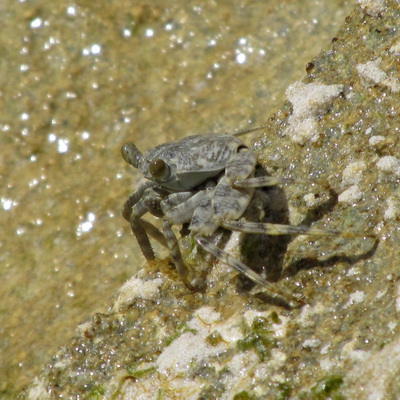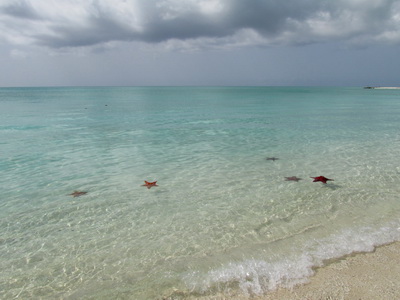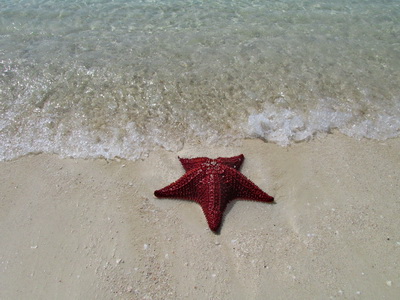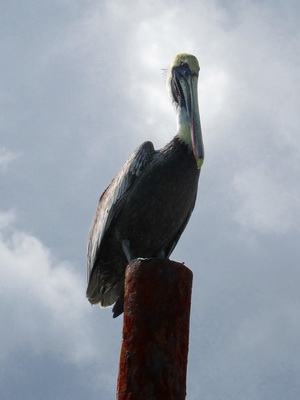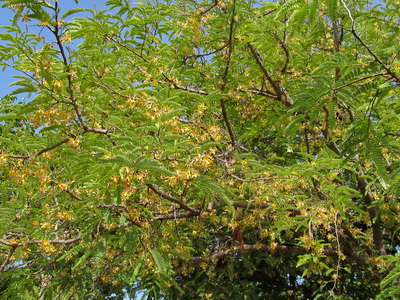
A glorious sight.........Harbour Club's tamarind tree in full bloom.
The Tamarind tree apparently was brought to the Caribbean from Africa in the early seventeenth century. Our tree is relatively small at about 18 feet but makes for easy gathering of the fruits. It was originally given to us as a two foot tall plant and has been growing ever since. I never even knew what it was until we started giving the fruit away. I was shown how to crack the shell and OMG …….. a childhood remembrance of that taste overwhelmed me. WOW, it had to have been either in St. Vincent or Malaysia. We were little children enjoying the sweet-sour pucker your mouth taste.

Tamarind branches loaded down with tamarind fruits
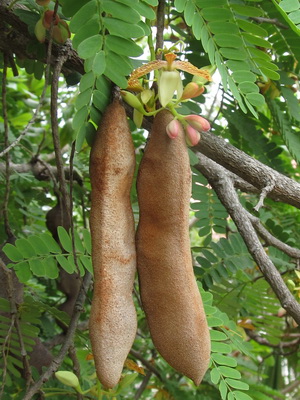
Tamarinds hanging from the tree and flowers.
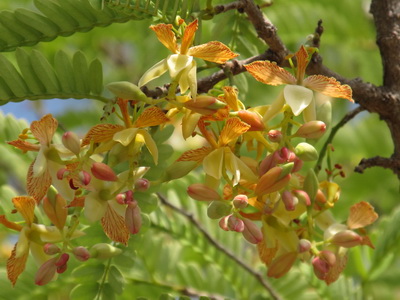
The tamarind has beautiful and delicate orchid like flowers.
Tamarind flowers look somewhat like orchids, are mainly yellow and elongated with orange or red streaks. The buds are pink and these pink sepals are lost when the flower blooms.

The pretty yellow and orangey-red flowers of the tamarind tree.

Mature tamarinds have brittle shells and when you apply gentle pressure, the shell will crack to expose a brownish fruit.
The tamarind is best described as sweet and sour in taste and is high in acid, sugar, B vitamins and oddly enough for a fruit, calcium. Young tamarind fruits have hard green pulp that is often too sour to eat but these fruits are often used as a component of savory dishes. As tamarinds mature, the flesh pulp turns brown to reddish-brown. The skin turns hard and forms into a brown shell that is brittle. The ripe fruit look like a beanlike pod with bulging areas and a slight curve. Inside is a soft pulp around hard seeds. A few strands of fiber extend from the stalk around the pulp covered seeds.
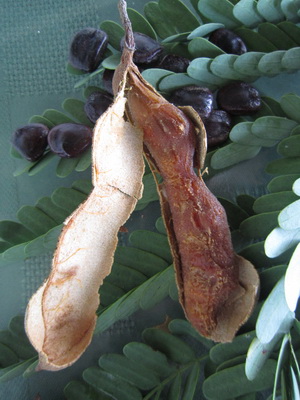
Crack the outer shell of the tamarind to expose the brown pulp surrounding an inner seed.
Take a ripe tamarind, crack the shell and peel back the pieces. You will see a few fibers extending from the stalk that help to hold everything together. The fruit has multiple small bulges and each bulge is a seed. Bite down just after the first seed and pull away. A taste sensation will fill your mouth as you suck and scrape the pulp off the seed with your teeth and spit the seed out. Oh so sour but with lots of sweetness too!!
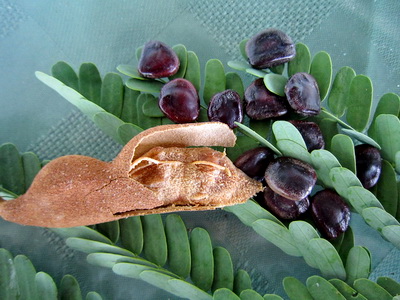
The seeds of the tamarind are somewhat flattened, and a beautiful glossy brown......would be lovely for jewellery!
Tamarinds can be eaten at different stages with the mature fruit being used to make jam, juice, candies, desserts, ice-cream and it is often used in dishes as a seasoning. I have made a delicious chutney from fresh tamarinds and mangoes to go with my curry. I have tasted a delicious tamarind drink made in a similar way to lemonade; fruit/juice, sugar and water. Some recipes include cinnamon and other spices. The wood of the tamarind tree is sometimes used to make furniture and wood flooring. The seeds are used to produce pectin for use in the manufacture of jams and jellies and sometimes the leaves and fruits are used for various medical applications, dying of clothing and other processes and for cleaning silver and copper.
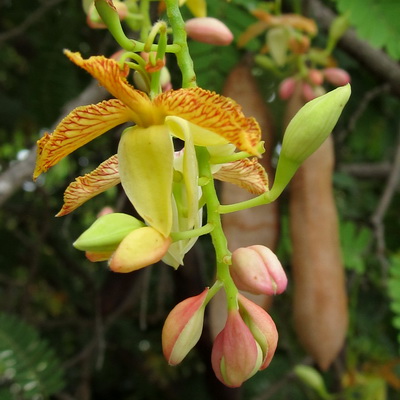
Flowers and fruit blossoming and fruiting all at once.
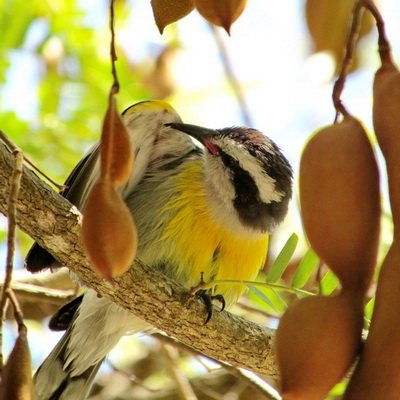
A bananaquit preens in the shade of our tamarind tree.
Well, I’m thinking it’s time for a cold drink………………maybe I’ll just pick some tamarinds and get busy making some juice!
Marta
http://www.harbourclubvillas.com
.
